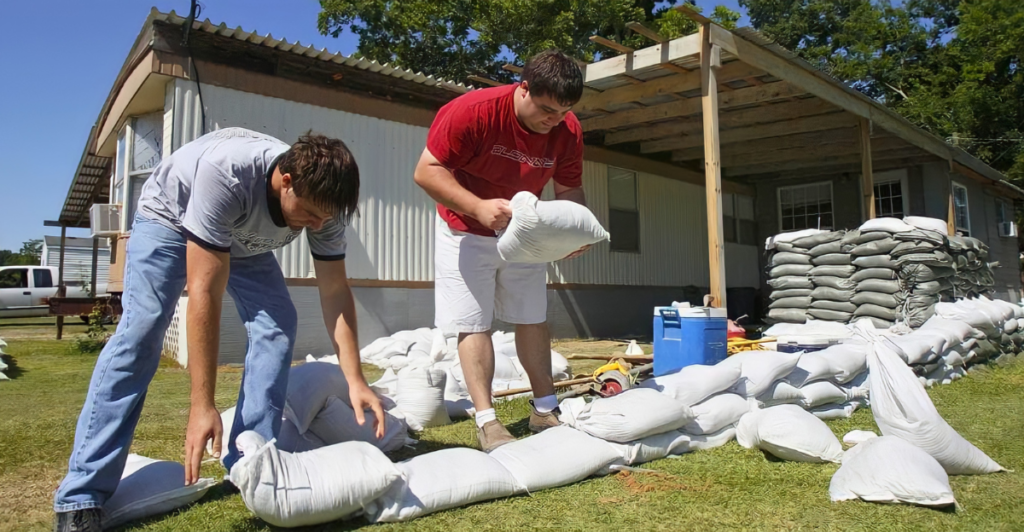
As the planet starts to face increasingly unpredictable weather events, many Americans are worried about how their home will stand up during extreme weather. In 2021, about 10% of all American homes were impacted by extreme weather events including natural disasters.
Hurricanes, wildfires, floods, and even droughts can all have a huge impact on your home. Taking the proactive approach could prepare you for the worst that Mother Nature has to offer. Here are some innovative strategies with practical advice to keep your home resilient amidst uncertain future weather events.
Reinforce Your Roof
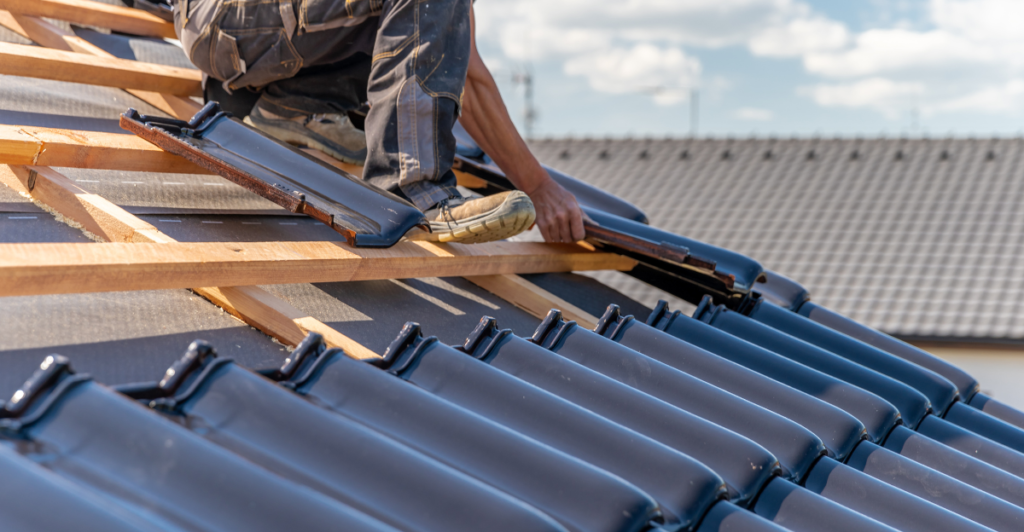
One of the first things to go with strong winds and severe weather events are roof tiles, which can expose your entire home if enough comes off. Traditional roof tiling just doesn’t hold up to extreme weather. Metal roofing or ceramic tiles can be much heavier and sturdier in times of disaster.
These tiles can also survive heat much better than their traditional counterparts, making them good against wildfires. Hurricane straps can also be added to anchor your roof securely to your walls, ensuring it doesn’t get ripped off.
Also, ensure that your roof is properly sealed with waterproof materials to keep water out during intense storms with heavy rainfall. Check your roof regularly to ensure it is prepared to take on nasty storms.
Smart Home Automation

Most residents think that smart devices in homes just turn on lights and appliances, but they can do so much more, especially in emergency situations.
Smart sensors can be installed to detect flooding, smoke, and fire and can be automated to respond accordingly, such as activating fire sprinklers if your home has them installed or shutting off flammable utilities.
Smart thermostats can help during power outages caused by storms by conserving power by adjusting the temperature accordingly. Smart systems can even be voice-activated, and the authorities can be called just by calling for help.
Landscaping

Landscaping may be a great hobby, but it can also be your first line of defense in an emergency. Make sure that flammable mulch is replaced with gravel or stone to slow down wildfires and prevent them from reaching your foundations.
Native vegetation can prevent soil erosion, which will protect your house against floods. Even hedges play their part, acting as windbreaks during severe storms to reduce the impact on your house its windows.
Finally, clear flammible debris around you home to ensure there’s a safety circle that will help prevent fires from spreading.
Install Flood-Proofing
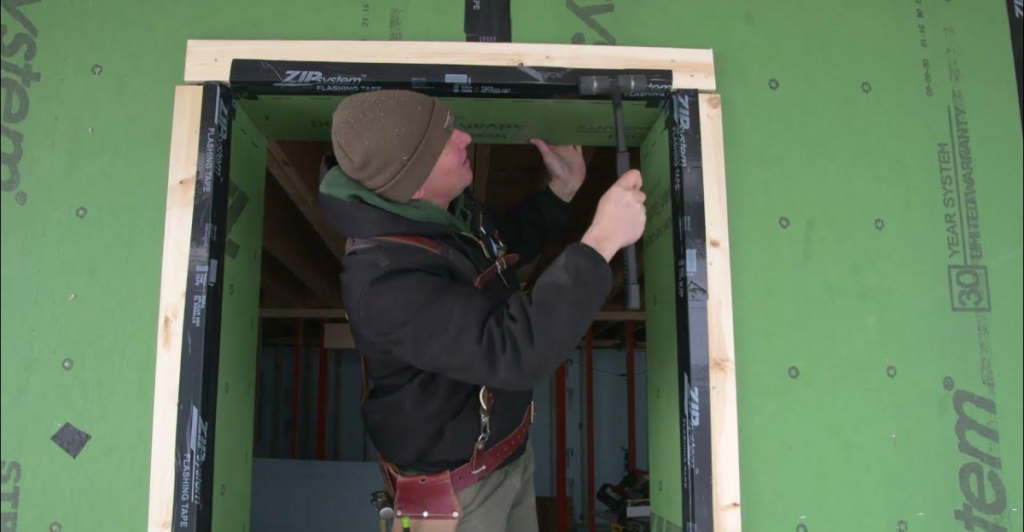
Floods can be a common occurrence in certain areas. If you think your home could be prone to flooding, try proactive approaches to solve future problems.
Flood-proof doors and windows can keep water from getting into your home and damaging electrical circuits and wooden supports. Foundation cracks should be sealed with waterproofing, and elevated electrical outlets should be above typical flood levels.
A sump pump can even be installed to pump water out of your home, although a power backup is recommended in the case of a power outage caused by the flooding.
Renewable Energy Systems
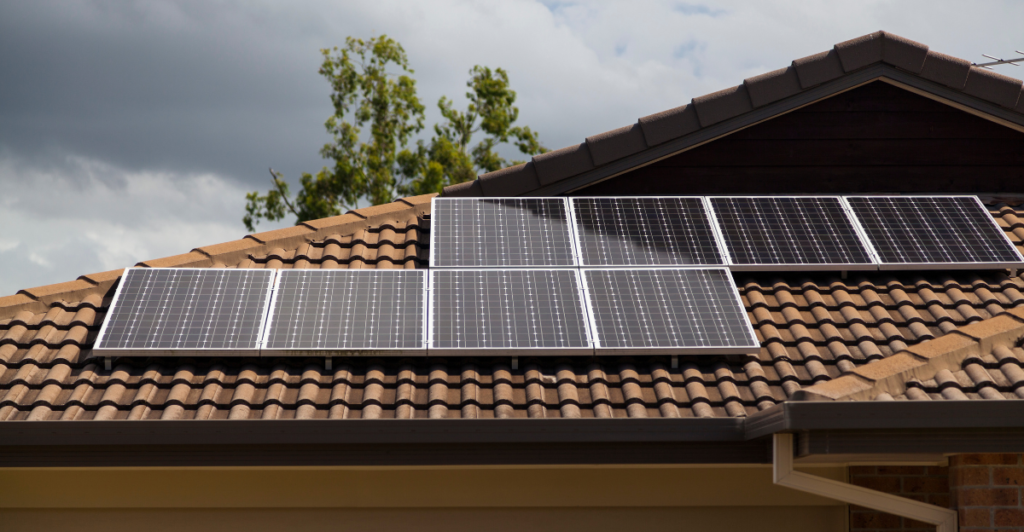
In many cases, storms and extreme weather may not physically impact your home, but could knock out your power for hours or even days. To combat this, renewable energy systems that operate independent of the power grid is recommended.
The most effective source is solar power with a battery backup. These systems are ecofriendly and can be integrated into your house. A reliable source of energy is vital for many Americans for their livelihood and mental health.
Regularly maintain these systems to ensure that they will work when the inevitable happens.
Secure Outdoor Items
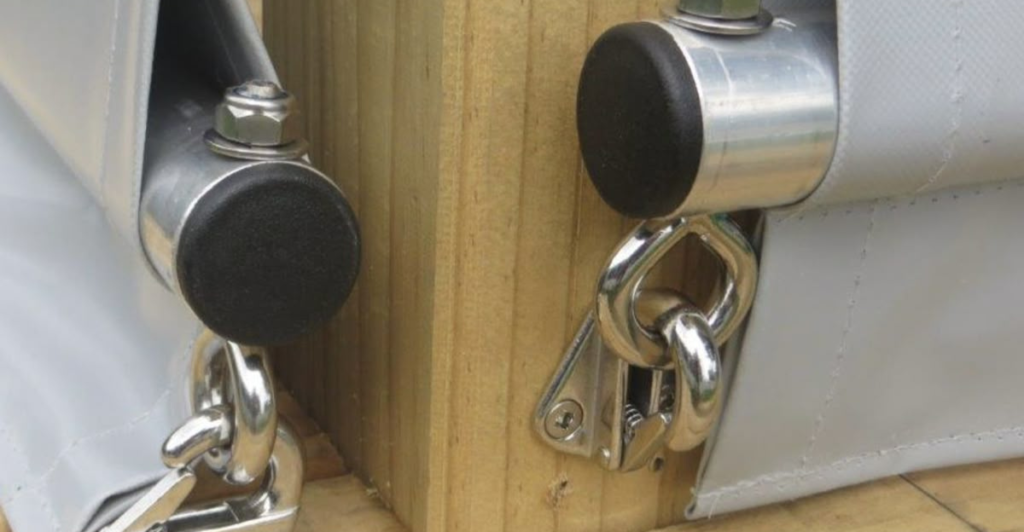
Backyards can be filled with all sorts of important items that could, unfortunately, be blown away by winds or carried away by floods. Try to anchor your outdoor furniture, grills, and anything else you are worried could be blown away and become hazardous to others.
Even rope can be used in a pinch, but dedicated hurricane anchors are sold to ensure that your items stay put in some of the most extreme weather. With everything well secured, damage to both your property and neighbors will be mitigated, and there won’t be any risk of injury either.
Air Quality

Air quality can be an important thing to look out for during wildfires. The intense heat and smoke don’t just affect structures but can compromise the quality of the air you breathe. Home purifiers and well-maintained HVAC systems can help pull out poor and hazardous air and cycle in clean air. HEPA filters are especially useful in HVAC systems to grab fine particles and keep the indoor air quality during weather events.
Another good way of keeping out smoke and poor quality air is by ensuring that your doors and windows have proper seals, this will double as flood proofing if waterproofing is used to make a seal.
Hurricane Resistant Walls
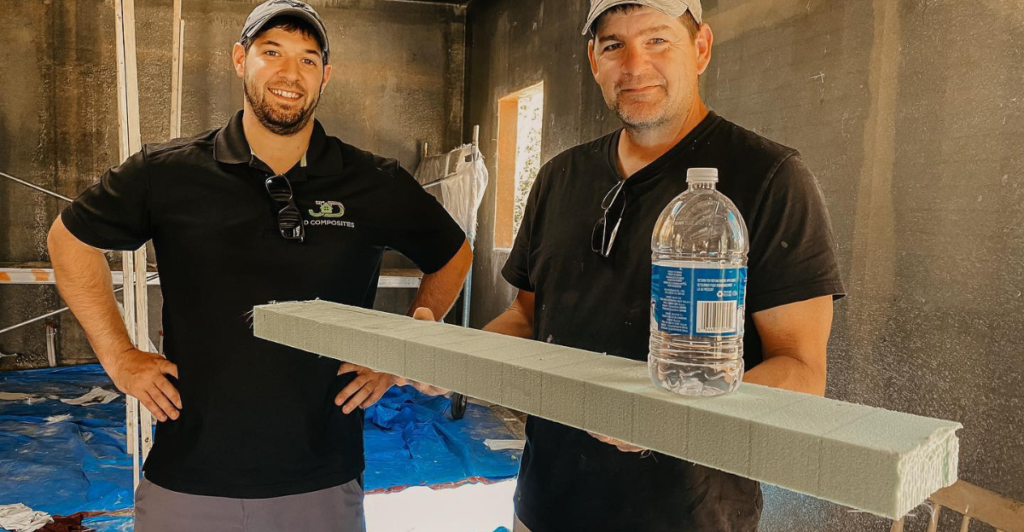
There are many innovative construction companies like JD Composites that are experimenting with unconventional materials like plastic bottles to create strong composite walls that will be hurricane resilient. These lightweight walls are cost-effective and surprisingly strong, being able to survive strong winds and severe storms.
These weather solutions are not only innovative but are also built with sustainable materials in mind, preventing waste and pollution. Homes with these materials have been tested against winds over 300 kilometers per hour (180 miles per hour) and have stood without any problems.
Improve Your Drainage System
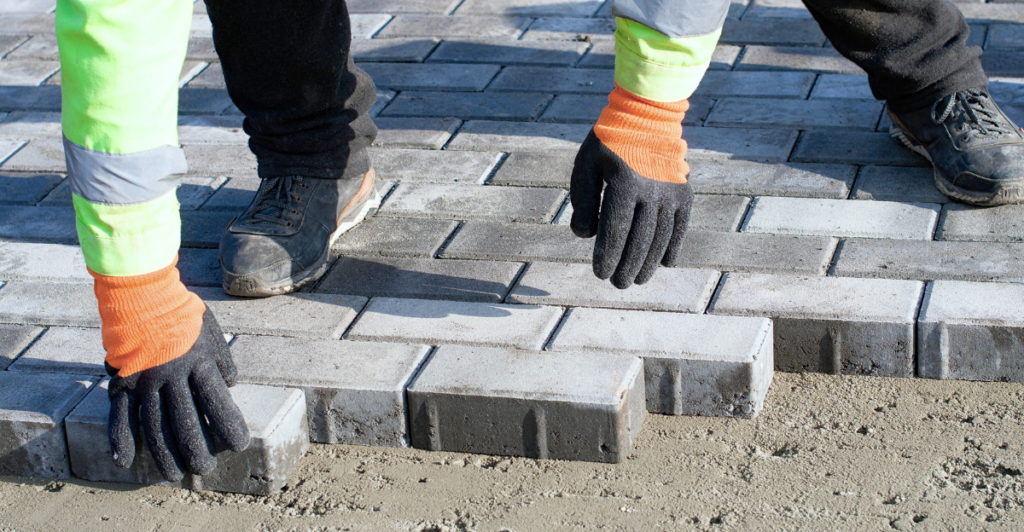
In areas that have a lot of flooding and heavy rainfall, ensuring that your home has an adequate draining system is important. An effective strategy is to install permeable pavers in your driveway, walkways, and patio. This pavers will let rainwater pass through them, mitigating runoff and allowing water levels to rise. This can also help against water building up around your foundation and getting into your basement.
Permeable pavers are widely available and made from porous materials like specialized concrete or asphalt that will allow water to drain through them. These pavers are easy to install and maintain and will still look aesthetically pleasing.
Explore more of our trending stories and hit Follow to keep them coming to your feed!

Don’t miss out on more stories like this! Hit the Follow button at the top of this article to stay updated with the latest news. Share your thoughts in the comments—we’d love to hear from you!
